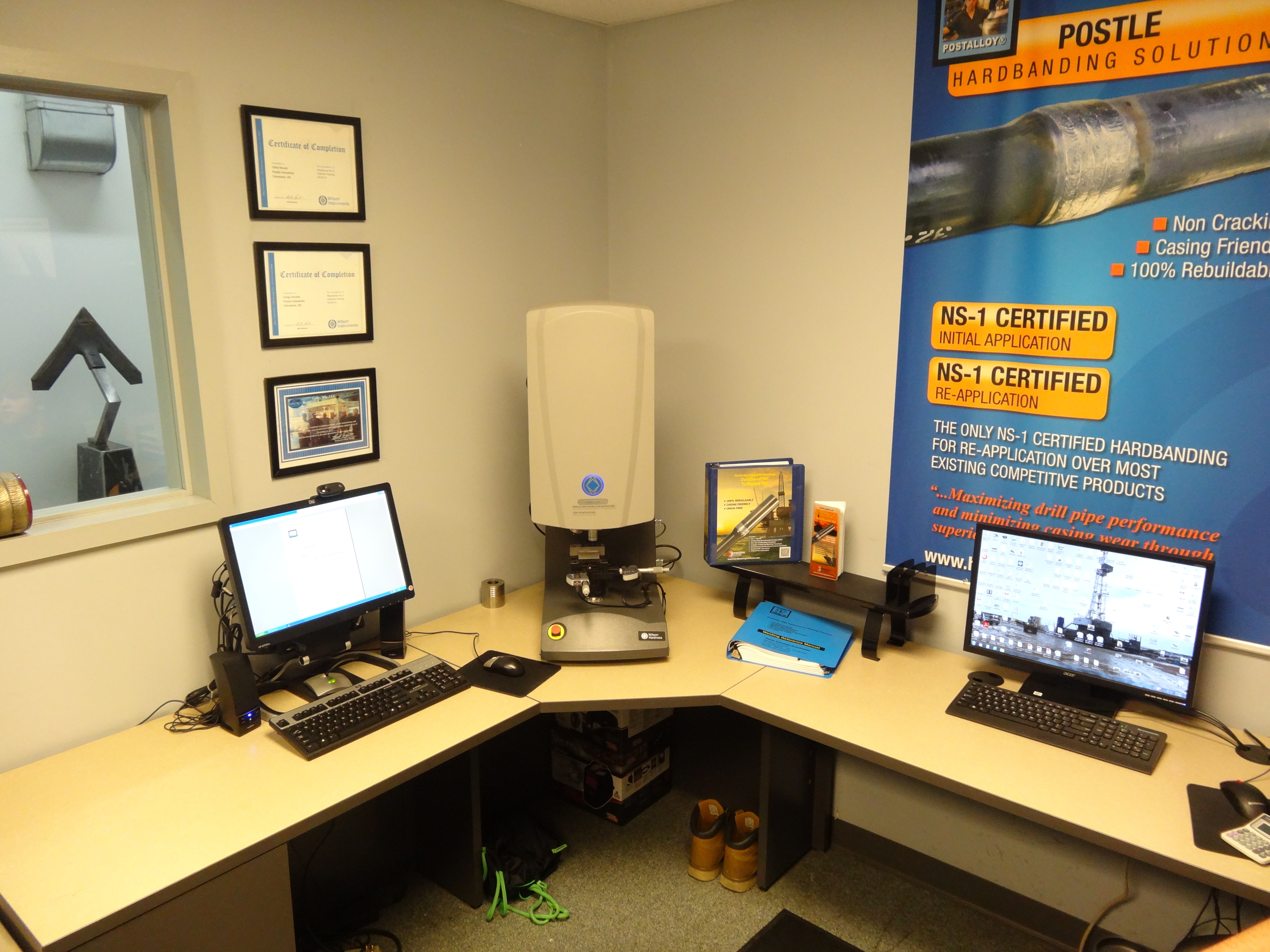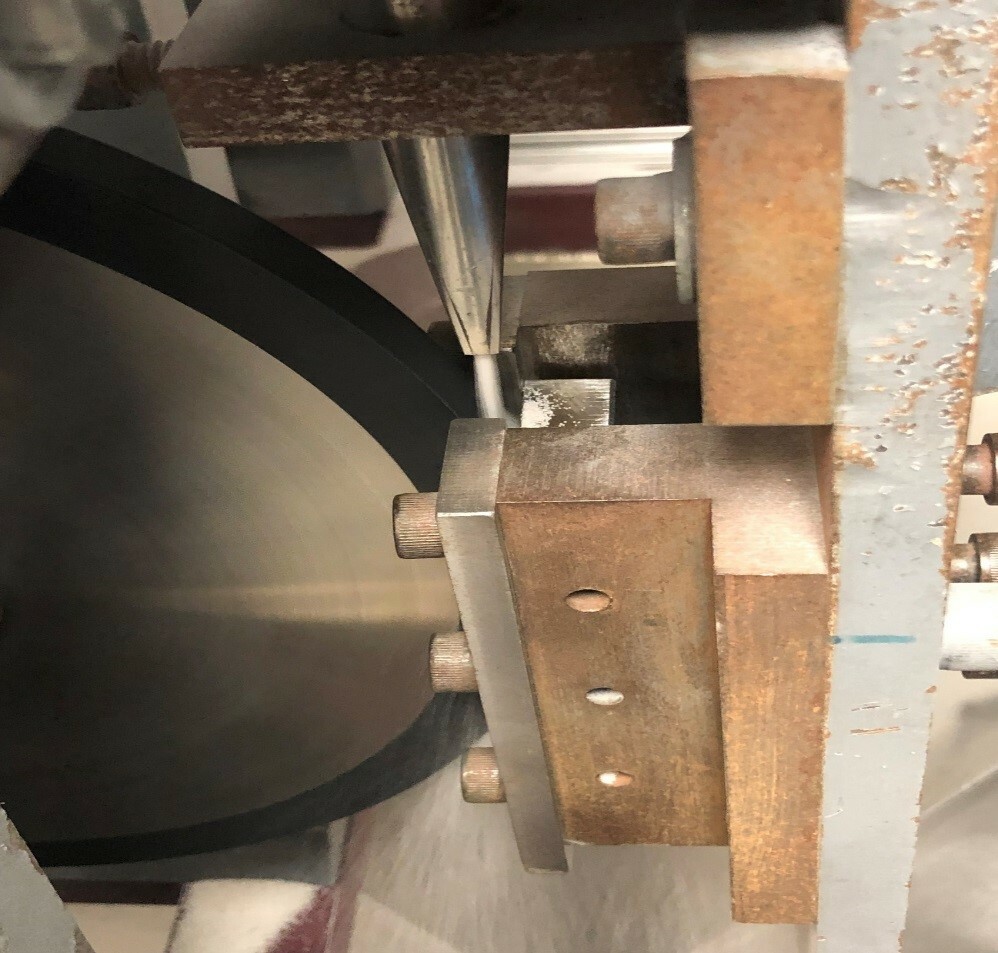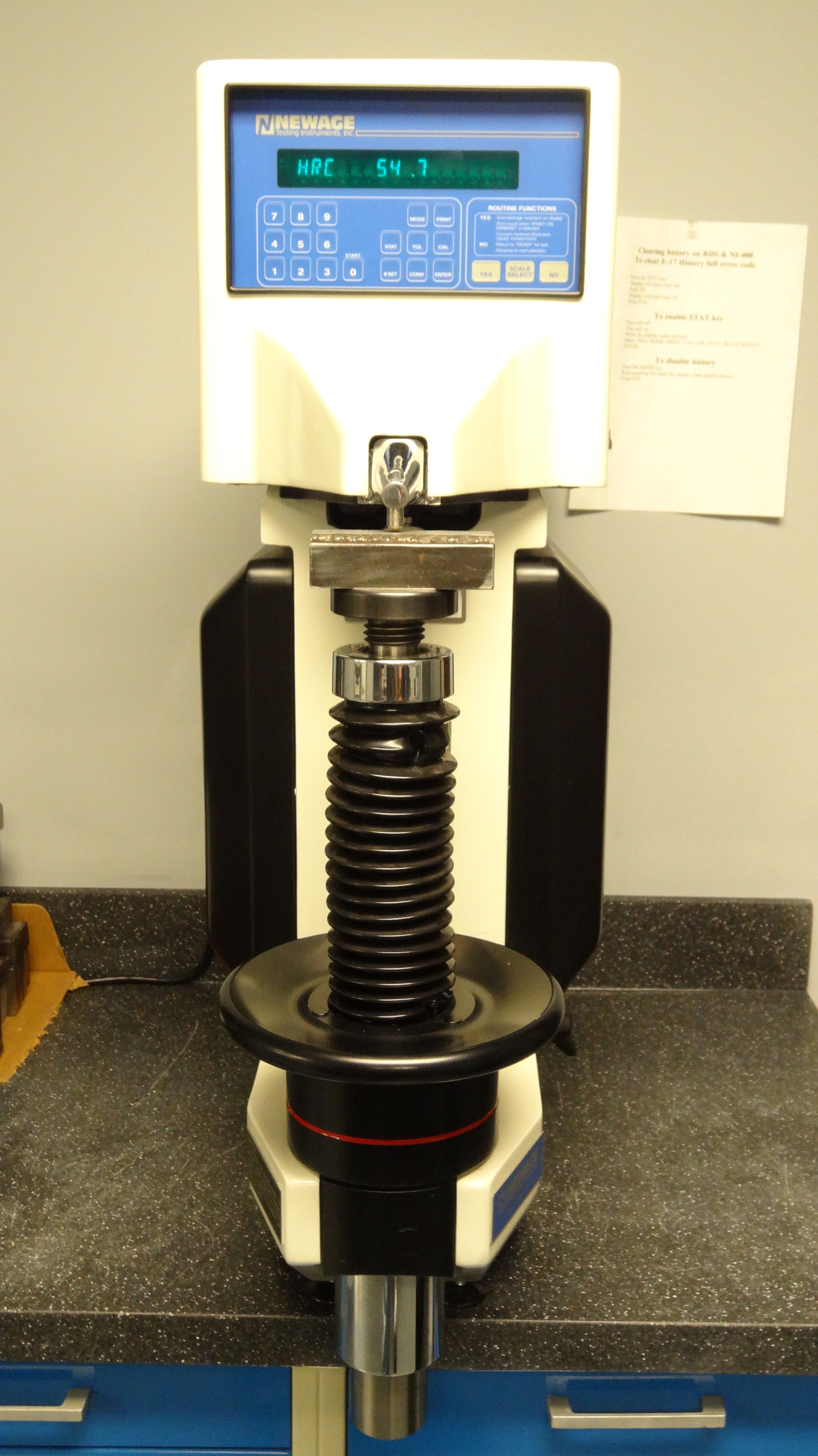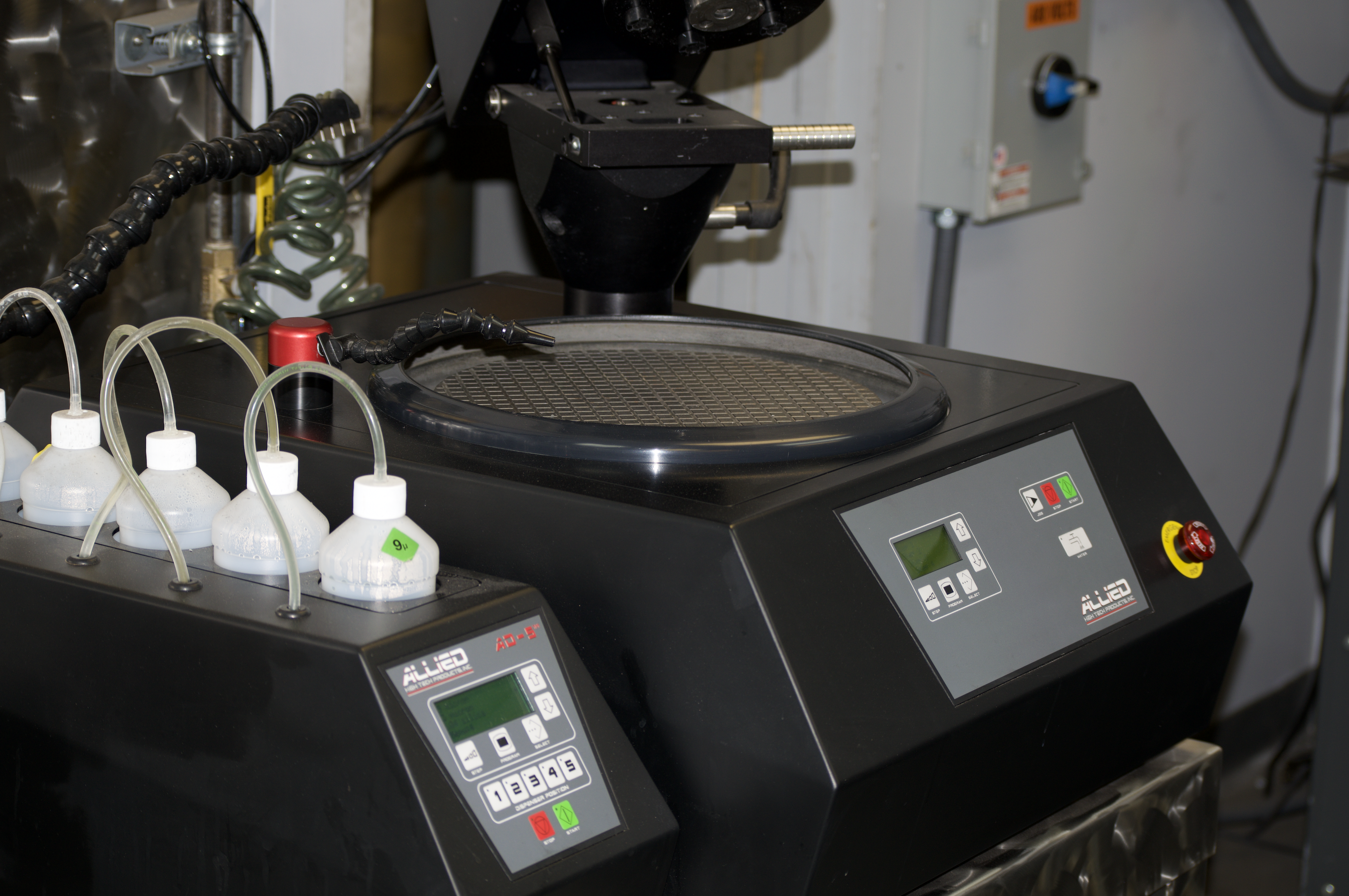
The Cleveland Laboratory
Introduction
All customers and applicators are entitled to and have access to Postle Industries’ extensive knowledge bank, laboratory facilities, and metallurgical analysis as it pertains to all aspects of hardbanding and related procedures. Our technical team are continually working on research and development to ensure we continue to evolve and we always offer our industry the best solutions possible. Our head of R&D is one of the leaders in his field worldwide.
The key to Postle Industries’ success as a hardbanding and hardfacing supplier is the ability to quickly analyze and address welding issues in a timely manner. There are a number of tools available to the Postle staff and by extension our customers as detailed below.

Part of our Cleveland laboratory.
Weld Lab:
The Postle Weld Lab is equipped with the latest in arc welding equipment, including a fully functioning hardbanding machine. Customer parameters can be quickly duplicated for analysis. Preheat and postheat conditions can be imposed to simulate field experience.
The equipment is also a valuable tool in the development of new and improved hardbanding products.
Abrasion Testing:
Abrasion, the most common cause of wear, is measured on hardbanding deposits using the ASTM G-65 Dry Sand procedure, the most popular abrasion test.
Quite simply, a test piece is placed in the holder and loaded with a 30 pound force against a rotating rubber wheel. Closely controlled sand is then trickled down between the test piece and the rubber wheel. At the end of a predetermined number of rotations, the sample is then examined for weight loss. It is this weight loss which determines the abrasion resistance of the hardbanding. These numbers are compared to other products in our database.

The G65 abrasion wear test.
Hardness Testing:
One of the many key indicators of a hardbanding's performance is its hardness. Hardness should not be confused with abrasion resistance. Two metals with the same hardness can have vastly different abrasion resistance values. Postle Industries employs Rockwell and Brinell hardness testers, as well as micro hardness testers. Hardbanding samples can be quickly checked for hardness consistency using the Rockwell or Brinell hardness testers. In the case where microscopic hardness is desirable, such as in the hardbanding Heat Affected Zone (HAZ), a micro hardness profile can be generated using the micro hardness tester. It is possible to evaluate the hardness of the weld bead, the fusion zone, the HAZ and on into the base material. Such effects as preheat, cooling rates, and previously hardbanded structures can be evaluated.

Hardness testing forms an important part of hardbanding analysis.
Ring Test:
The ring test is used to determine the integrity and compatibility of the hardbanding and its relationship to the base material or previously hardbanded product. A 1 inch wide section of a hardbanded tool joint is subjected to compression. A load is applied until the ring cracks. The path of the crack is closely analyzed. If the hardbanding has good integrity, the crack will continue on through the base material. If the integrity is not good, then the hardbanding crack will follow the fusion zone and ultimately lead to spalling.
Sample Preparation:
To examine a hardbanding structure under the microscope, the tool joint must be sectioned and prepared. This requires careful sectioning, mounting, and polishing with diamond particles. The sample is then etched to bring out the structure. The sample is placed on the microscope and examined up to 1000x. Many hardbanding samples consist of micro particles, which can easily be seen using the above techniques.

Polishing equipment used for sample preparation.
Chemical Analysis:
Quite often a chemical analysis is required of the hardbanding itself. There are many techniques used to derive the level of each element within the hardbanding. Postle Industries routinely employs outside vendors with specific talents to determine the specific chemical analysis of the hardbanding.
Web Conference:
With customers worldwide, communication can sometimes become difficult, but Postle Industries brings laboratory findings right into your office or the field. A picture is worth a thousand words, and there is nothing like seeing the lab results on your screen.
Photomicrographs, hardness profiles, charts, videos, and other media come alive during either a one-on-one conversation or a multi attendee conference.
In summary, Postle Industries prides itself on the use of the best metallurgical tools available to help define and implement the production of quality hardbanding products. These tools are also used in the analysis of any hardbanding issue that might occur in the field. In addition, Quality Assurance specifications and procedures are monitored with these tools and more. The laboratory is continually in the process of upgrading and improving. Our metallurgical laboratory is a valuable tool and one of our finest assets.
